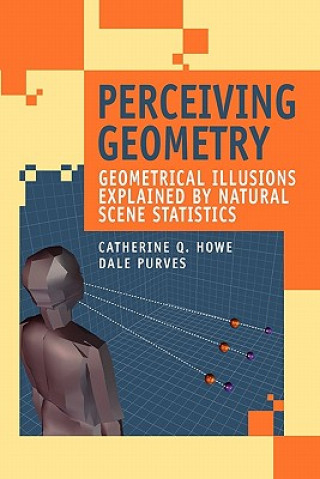
Kód: 01422362
Perceiving Geometry
Autor Catherine Q. Howe, Dale Purves
During the last few centuries, natural philosophers, and more recently vision scientists, have recognized that a fundamental problem in biological vision is that the sources underlying visual stimuli are unknowable in any direct s ... celý popis
- Jazyk:
 Angličtina
Angličtina - Vazba: Brožovaná
- Počet stran: 126
Nakladatelství: Springer-Verlag New York Inc., 2010
- Více informací o knize

Mohlo by se vám také líbit
-

Software-Implemented Hardware Fault Tolerance
5094 Kč -

Neuromuscular Disease
2211 Kč -

Kitchen Hacks
473 Kč -

Great Stained Glass Projects for Beginners
606 Kč -

Soul Mentoring
997 Kč -

Niedersächsische Gesetze
1035 Kč -

Rationalität und Wirtschaftlichkeit als Imperative für die Betriebsführung von Elektrizitätsversorgungsunternehmungen.
941 Kč
Dárkový poukaz: Radost zaručena
- Darujte poukaz v libovolné hodnotě a my se postaráme o zbytek.
- Poukaz se vztahuje na celou naši nabídku.
- Elektronický poukaz vytisknete z e-mailu a můžete ihned darovat.
- Platnost poukazu je 12 měsíců od data vystavení.
Více informací o knize Perceiving Geometry
Nákupem získáte 300 bodů
 Anotace knihy
Anotace knihy
During the last few centuries, natural philosophers, and more recently vision scientists, have recognized that a fundamental problem in biological vision is that the sources underlying visual stimuli are unknowable in any direct sense, because of the inherent ambiguity of the stimuli that impinge on sensory receptors. The light that reaches the eye from any scene conflates the contributions of reflectance, illumination, transmittance, and subsidiary factors that affect these primary physical parameters. Spatial properties such as the size, distance and orientation of physical objects are also conflated in light stimuli. As a result, the provenance of light reaching the eye at any moment is uncertain. This quandary is referred to as the inverse optics problem. This book considers the evidence that the human visual system solves this problem by incorporating past human experience of what retinal images have typically corresponded to in the real world.Understanding vision, whether from a neurobiological, psychological or philosophical perspective, represents a daunting challenge that has been pursued for millennia. During at least the last few centuries, natural philosophers, and more recently vision scientists, have recognized that a fundamental problem in biological vision is that the physical sources underlying sensory stimuli are unknowable in any direct sense. In vision, because physical qualities are conflated when the 3-D world is projected onto the 2-D image plane of the retina, the provenance of light reaching the eye at any moment is inevitably uncertain. This quandary is referred to as the inverse optics problem. The relationship of the real world and the information conveyed to the brain by light present a profound problem. Successful behavior in a complex and potentially hostile environment clearly depends on responding appropriately to the sources of visual stimuli rather than to the physical characteristics of the stimuli as such. If the retinal images generated by light cannot specify the underlying reality an observer must deal with, how then does the visual system produce behavior that is generally successful? §Perceiving Geometry considers the evidence that, with respect to the perception of geometry, the human visual system solves this problem by incorporating past human experience of what retinal images have typically corresponded to in the real world. This empirical strategy, which is documented by extensive analyses of scene geometry, explains many otherwise puzzling aspects of what we see (i.e., the so-called "geometrical illusions"), providing the best indication to date as to how perceptions of the geometrical aspects of the world are actually generated by the brain.
 Parametry knihy
Parametry knihy
Zařazení knihy Knihy v angličtině Mathematics & science Biology, life sciences Life sciences: general issues
2998 Kč
- Plný název: Perceiving Geometry
- Podnázev: Geometrical Illusions Explained by Natural Scene Statistics
- Autor: Catherine Q. Howe, Dale Purves
- Jazyk:
 Angličtina
Angličtina - Vazba: Brožovaná
- Počet stran: 126
- EAN: 9781441938008
- ISBN: 1441938001
- ID: 01422362
- Nakladatelství: Springer-Verlag New York Inc.
- Hmotnost: 219 g
- Rozměry: 235 × 155 × 7 mm
- Datum vydání: 12. October 2010
Oblíbené z jiného soudku
-

The Molecule of More
399 Kč -

Evolution
675 Kč -

Power, Sex, Suicide
330 Kč -

Psychopath Inside
404 Kč -

Murderous Minds
384 Kč -

Science of Meditation
323 Kč -

Oxygen
302 Kč -

Race Differences in Intelligence
873 Kč -

Equine Genomics
5435 Kč -

The Selfish Gene
303 Kč -

Undoing Project
335 Kč -

Biology of Belief
441 Kč -

Power of Habit
239 Kč -

Sapiens
378 Kč -
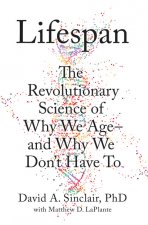
Lifespan
597 Kč -

The Extended Phenotype
329 Kč -

Into the Magic Shop
368 Kč -

Homo Deus
323 Kč -

Cosmic Serpent
256 Kč -

Greatest Show on Earth
323 Kč -

Speculations on the Evolution of Human Intelligence
227 Kč -

Blind Watchmaker
378 Kč -

We Are Our Brains
323 Kč -

River Out of Eden
276 Kč -

Brain Book
543 Kč -
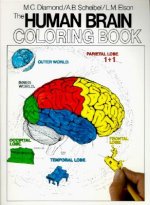
Human Brain Coloring Book
467 Kč -

Crack In Creation
365 Kč -

Schaum's Outline of Genetics, Fifth Edition
692 Kč -

Brain Rules (Updated and Expanded)
337 Kč -

Hidden History of the Human Race
346 Kč -
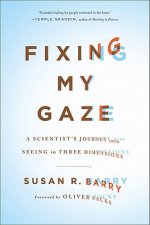
Fixing My Gaze
530 Kč -

Neanderthal Man
374 Kč -

Why We Run
406 Kč -

On Natural Selection
185 Kč -

Handbook of Spine Surgery
2449 Kč -

Cartoon Guide to Genetics
410 Kč -

Ecological Thought
778 Kč -
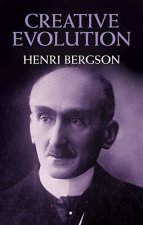
Creative Evolution
451 Kč -

Brief History of Everyone Who Ever Lived
213 Kč -

Social Conquest of Earth
386 Kč -

Consciousness
399 Kč -

Atlas of Human Brain Connections
4504 Kč -

Double Helix
452 Kč -

Masters of the Planet
392 Kč -

Vital Dust
822 Kč -

What Mad Pursuit
683 Kč -

Zooarchaeology and Modern Human Origins
2998 Kč -

Handbook of Schizophrenia Spectrum Disorders, Volume I
5094 Kč -

Tree of Life
1225 Kč
Osobní odběr Praha, Brno a 12903 dalších
Copyright ©2008-24 nejlevnejsi-knihy.cz Všechna práva vyhrazenaSoukromíCookies



 Vrácení do měsíce
Vrácení do měsíce 571 999 099 (8-15.30h)
571 999 099 (8-15.30h)